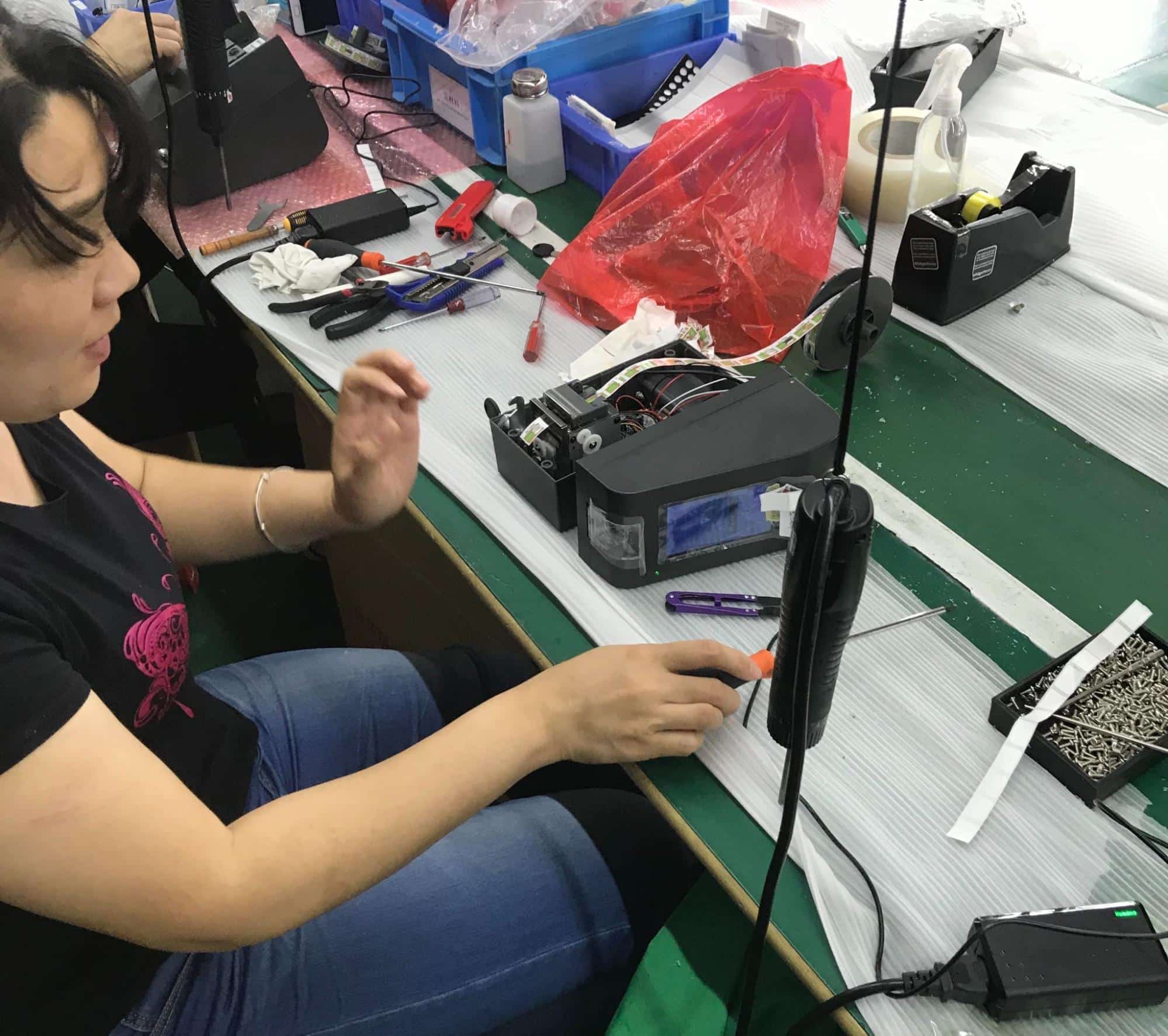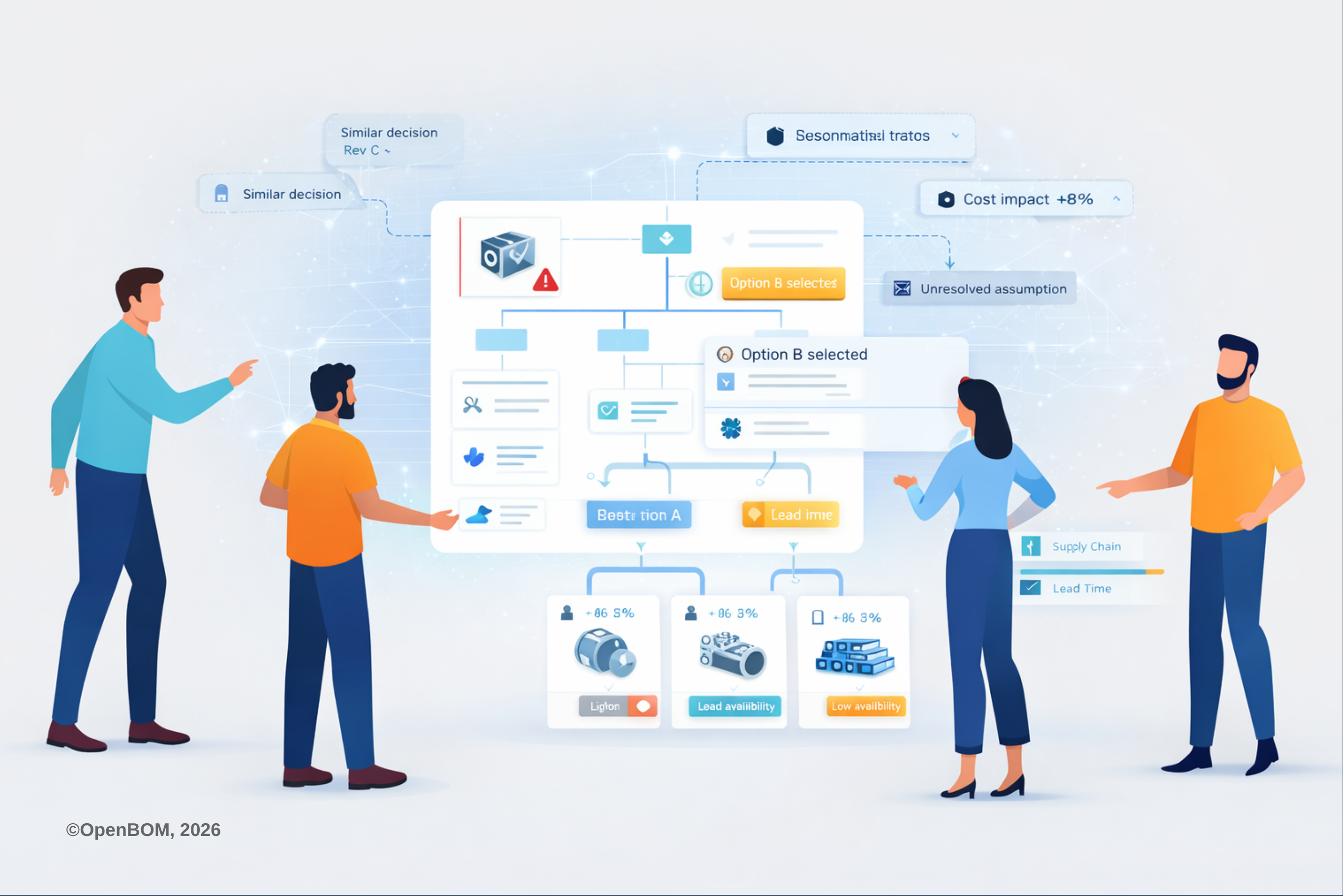
If you’re developing a product, you can’t just go from prototypes to tooling to production. There is a step in-between tooling and production that you must not forget about. This important step is the pilot run.
What is a Pilot Run?
A pilot run is a low-volume production run to test and validate that production can run smoothly. The reason you have a pilot run is so you can catch all the issues before you produce too many products.
For a typical pilot run, you can build about 10% of the total units in the first PO. Therefore, if the first order is for 10,000 units, you can build 1,000 units first. You do not build the balance of 9,000 units until you have verified that the pilot run went smoothly.
If during the pilot run, you have a 30% defect rate then 300 units will be defective. However, if you do not have a pilot run, you will have 3,000 units that are defective. Therefore, with the pilot run, you are able to analyze the quality problems and the constraints on the line and correct them.
The goal of the production pilot run is the following:
- Ensure there are no major defects
- Make sure the workers are trained
- Ensure the production documents are well-written
- Find any obvious bottlenecks and constraints that were not accounted for
If you are working with a contract manufacturer (CM) and they do not want to do a pilot run then you should be quite concerned. A pilot run is in everyone’s best interest to ensure you can scale up production without issues and constraints.
What to bring to the pilot run:
- Same materials as mass production. Do not use any 3D printed parts or processes used for prototypes that will not be used in production.
- Work instructions (WI) and standard operating procedures (SOP) that the workers will use.
- The tools, fixtures, and jigs that are used during production.
- Quality tools that will be used during production
Benefits of a Pilot Run
- Training – One of the most important parts of the pilot run is that the workers are trained and have experience with building the product. This will be their first time fabricating and assembling the product so it’s important for them to get some experience and not feel rushed.
- Flow – Before production starts, the engineering and production team will iron out cycle times for all the processes. However, the pilot run will test the times that were set by these teams. If there are any noticeable bottlenecks preventing the flow of parts, they will be identified and fixed here.
- Defect Rate – The main benefit of the pilot run is to identify defects in the production process. One of the goals of design for manufacturing (DFM) is to develop the product so it can be made without defects during production. However, during the pilot run, this is where you can quickly find potential defects and create a root cause and develop a corrective action plan. The one thing you cannot do is to scale up production with quality issues.
- Materials – During the prototype phase, you were using processes and materials that you would not use for production. The most basic example is plastic. If you 3D print plastic, the tolerances, texture, strength, and durability will be considerably different than the part that leaves the machine during injection molding. The pilot run might be the first time all materials called out for mass production come together.
- Final Quality Control – Usually during the pilot run you fully inspect 100% of the parts and final assembly. While this is not scaleable, it is necessary to ensure 100% of the products leaving the factory are made correctly. If the pilot run goes smoothly you no longer need to inspect 100% of the units.
- Scale Up – If you have a poor pilot run, you can not scale up production. You can not scale up production with quality defects and bottlenecks. However, if you do have a smooth pilot run, you are able to transition nicely into the first order and also plan to scale up.
Why Does a CM Not Want A Pilot Run?
Any CM who is a valued partner of your team should want a pilot run. However, some CMs will try to convince you it’s not needed. Here are a few reasons your CM might say it’s not necessary:
- Your order volume is too small. Even with smaller orders, you should have a pilot run. The only products that do not need a pilot run are those one-and-done products.
- It will affect the lead time too much. During the planning stages, you must always take into account the pilot run which drags out the duration of the first order. However, things always come up to delay production which means your CM might want to eliminate the pilot run. However, if there is no pilot run and you produce the full batch with defects then you will have greater issues.
- We have made products like this before. If you have a customized product with tools that were made for your project then a pilot run is necessary. While it’s great your CM has experience with similar products the pilot run is looked at as an insurance policy in case things go wrong. If they go wrong then it’s quick to fix. However, if you don’t have the pilot run then you will wish you did.
What Can You Do Today?
When you are launching your product, there will be multiple revisions and change requests that must be managed. It is easy to lose historical data or fail to share changes with the correct team members. A centralized platform that connects your team, contractors, and suppliers is your solution.
OpenBOM is a cloud-based platform to manage your engineering and manufacturing data. Companies from startups to Fortune 500’s use OpenBOM to create a centralized database to bring in, store and manage their manufacturing data. With this infrastructure, users also use OpenBOM to streamline both their change management and PO processes.
If you need to improve the way you manage your data and processes, contact us today for a free consultation.
Regards,
Jared Haw
Join our newsletter to receive a weekly portion of news, articles, and tips about OpenBOM and our community.










